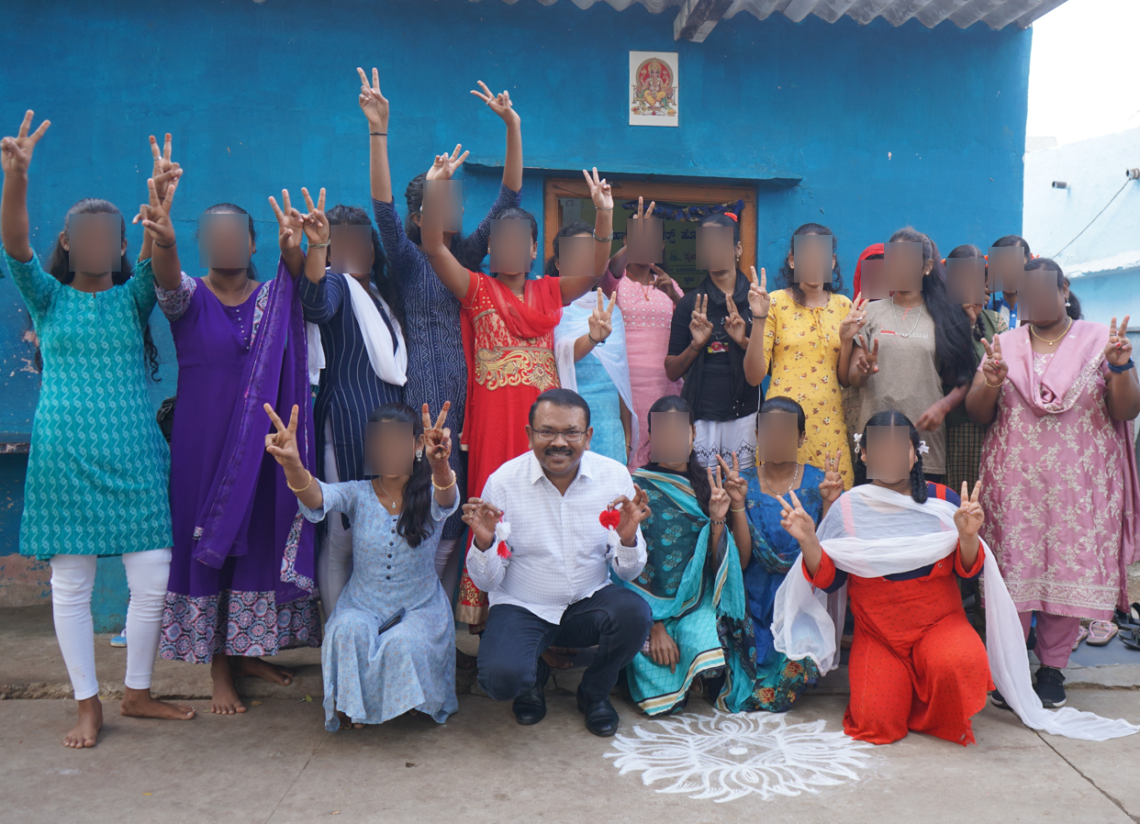DEVADASI is an ancient system that was banned across India starting with the Bombay Devadasis Protection Act, 1934 during the British era. But under the guise of the banned Devadasi system, children are exploited and forced into prostitution. Give.do is in conversation with Thangaperumal P. of Children of India Foundation, a Bengaluru-based organization that rescues girls from forced prostitution and works with local communities to educate families about the dangers of the practice and how to prevent it from happening to their children.
In this conversation, we learn about how underprivileged girls and women are in danger of being exploited into the banned Devadasi system and how Children of India Foundation rescues girls and prevents others from being sexually abused.
Here are 5 questions with Thangaperumal P:
1) Most people assume the Devadasi system does not exist anymore. How are girls still being exploited in the name of the Devadasi system?
Despite being officially banned in India, as per the The Karnataka Devadasis (Prohibition of Dedication) Act 1982, the Devadasi system persists in certain rural areas in North Karnataka. Although the traditional practice of dedicating girls to temples has reduced, exploitation in the name of this system continues in more covert and complex forms. Here is how girls are still being exploited:
- Poverty and tradition
- Sexual exploitation
- Trafficking
- Lack of education and alternatives
- Cultural stigma
- Modern exploitation under new guises
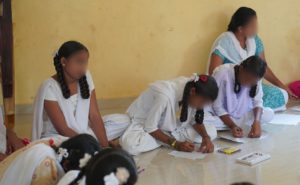
Children from Devadasi families often do not have a recognised biological father, and even if they are aware of his identity, they cannot claim him as their father. This situation leads to significant emotional trauma for the girls, often causing them to drop out of school. This hinders their access to higher education, as institutions frequently require a father’s name. As a result, many of these girls are trapped in the same cycle of exploitation.
Yes, the Devadasi system is abolished according to the law. But dedication does not usually happen in public places. It comes to the notice of the public once the girl is pregnant and girls from Devadasi families are always at the risk of dedication. Police cases are filed and cases are in court because of the intervention of Children of India Foundation.
2) Can you tell us how you first witnessed the sexual exploitation of girls under the guise of the banned Devadasi system?
During 2006 and 2011, while we were focussing on initiatives with regard to early childhood and primary education of children, we had insight into the sexual exploitation of girls from Devadasi communities. It was then that we started exploring the issue amongst adolescent girls. After that, we started designing the interventions towards addressing the same.
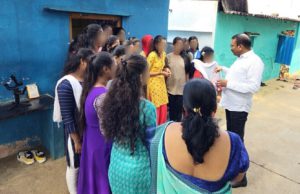
3) How does Children of India Foundation help girls who have been sexually exploited by this ancient practice?
Children of India Foundation’s staff members work closely with the community and identify the Devadasi families and children. Through the children and Kishori Clubs, we enable the girls to come together and discuss the issue. To help the girls overcome their trauma, Children of India Foundation provides personal counselling and creates a safe space where they can share their experiences and begin the healing process. This counselling is aimed at helping the girls move beyond their pain and trauma, laying the foundation for emotional recovery.
Special life coping skills programs are conducted to equip the girls with the tools they need to handle stress and reintegrate into society. These sessions focus on building self-esteem, managing emotions and developing healthy social relationships, enabling them to lead a stress-free and independent life. Children of India Foundation also supports the girls by providing access to education and vocational skill training. This not only empowers them with knowledge and skills but also offers them alternative livelihoods, protecting them from further exploitation. By becoming economically independent, the girls can take charge of their lives and secure a better future.
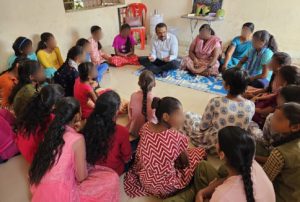
Our foundation ensures that the girls are educated about child protection laws and systems such as the Child Protection Acts. This knowledge is critical in helping them understand their rights and the legal mechanisms available to safeguard them from further exploitation. Children of India Foundation also works with the families of the girls to provide them with economic support and resources, addressing the root cause of the exploitation – poverty. By empowering families with financial alternatives, the foundation helps prevent more girls from being dedicated to the system.
We network with stakeholders such as the Government, NGOs, legal entities and religious leaders to get their entitlements. We collaborate with local and state government bodies such as the Department of Women and Child Development and the Child Welfare Committees (CWCs) to ensure that rescued girls are enrolled in welfare schemes, receive educational scholarships, health benefits and legal protection. This partnership helps the girls access their entitlements under child protection laws and social welfare schemes.
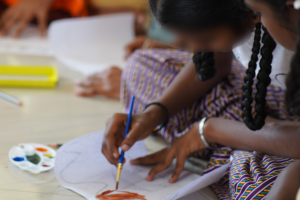
4) In your expert opinion, is the situation improving for at-risk communities and are they more aware of the dangers of the practice?
The situation for at-risk communities, particularly those affected by the Devadasi system, has seen gradual improvement – though challenges remain. Increased awareness, Government interventions and the efforts of Children of India Foundation and similar NGOs have contributed to positive change. But deeply entrenched cultural and socio-economic factors continue to hinder the complete eradication of the practice.
Our team is working with all the at risk families through awareness, educational support and financial support for economic development activities. With all this, the situation is improving a lot and at-risk communities are aware of the dangers of the Devadasi practice.
5) Is there a book or documentary film you recommend, for people to learn more about this issue?
Yes, there are several books and documentaries that provide valuable insight into the Devadasi system and the exploitation surrounding it. These resources explore the historical, cultural and social aspects of the practice, shedding light on how it persists today. Here are a few recommendations:
Books: Servants of the Goddess: The Modern-Day Devadasis by Catherine Rubin Kermorgant, The Devadasi and the Saint: The Life and Times of Bangalore Nagarathnamma by V. Sriram and Daughters of the Goddess: The Women Saints of India by Linda Johnsen.
Documentary films: Sacred Prostitutes (1998) directed by Michael Yorke, In the Name of God (1992) directed by Anand Patwardhan and Yellamma: The Goddess Lives (2012) by Rajesh S. Jala.
Support Children of India Foundation
To learn more about Children of India Foundation, watch this short video about their work and click on the button below to support their noble work to end the sexual exploitation of girls under the guise of the Devadasi system:
When you support Children of India Foundation, you help girls who have been rescued from sexual exploitation and prevent other at-risk girls from being exploited and dedicated to the practice. To support Children of India Foundation:
Support Children of India Foundation
–
Give’s mission is to “make giving bigger and better.” Give is the most trusted donation platform in India for fundraisers and crowdfunding campaigns. Through our technology solutions, we enable individuals and organisations to fundraise and donate to a cause, charity or NGO with trust and convenience. Give’s community of 2.7M+ individual donors and 300+ organisations supports 3,000+ verified nonprofits with 80G deduction and serves 15M+ people across India. Find a fundraiser today!

Shirley has been in the development sector for over 10 years and is passionate about making a change in the world around her, including adopting dogs and writing to make a difference.
Discover more from
Subscribe to get the latest posts sent to your email.

